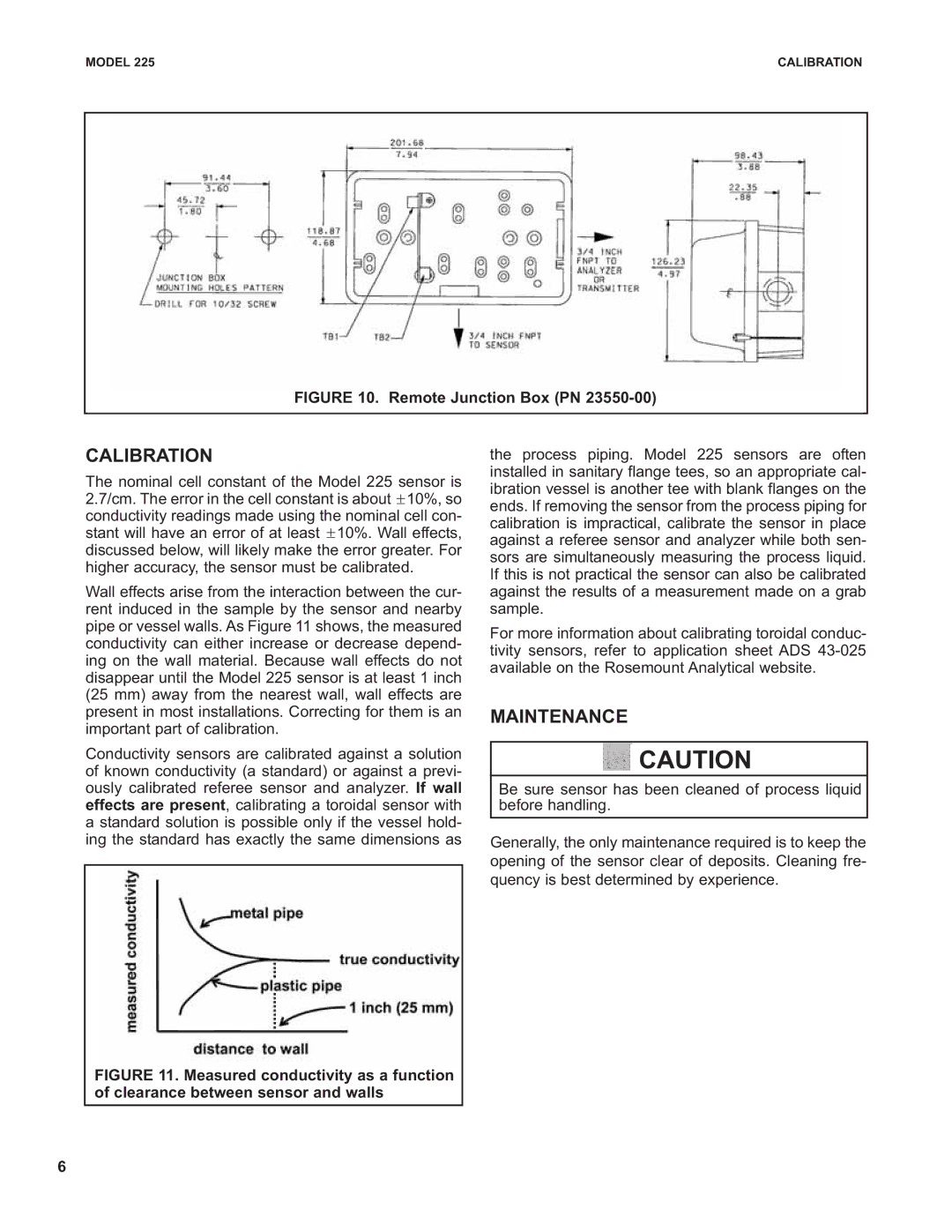225 specifications
Emerson Process Management is a renowned leader in automation solutions, providing cutting-edge technologies that enhance process efficiency and operational reliability. One of their flagship offerings is the Emerson Process Management 225, a sophisticated system designed to optimize industrial processes across various sectors.The Emerson Process Management 225 is characterized by its modular and flexible design, allowing users to easily integrate it into existing systems. This system is built on a state-of-the-art platform that supports advanced data analytics and real-time monitoring, making it a key instrument for operators looking to enhance their process control and decision-making capabilities.
One of the main features of the Emerson Process Management 225 is its comprehensive suite of process control tools. These tools facilitate everything from basic control functions to complex advanced process control strategies. The system utilizes predictive analytics to anticipate process variations, allowing for proactive adjustments that can significantly reduce downtime and enhance productivity.
Another notable technology integrated into the 225 is its capability for remote monitoring and control. Through secure cloud connectivity, operators can access real-time data and system performance metrics from anywhere, enabling more efficient management of operations. This feature is particularly beneficial for organizations with multiple sites or those that require round-the-clock oversight.
The Emerson Process Management 225 also emphasizes seamless communication and interoperability between devices, which is essential in today’s interconnected industrial landscape. It adheres to industry standards, facilitating easy integration with various third-party devices and existing infrastructure. This interoperability helps organizations utilize their existing assets more effectively, maximizing return on investment.
Furthermore, the 225 is designed with user-friendliness in mind. An intuitive interface simplifies navigation and makes it easier for operators to manage complex systems with minimal training. Educational resources and support services are readily available, ensuring that users can fully harness the potential of the technology.
Lastly, safety is a paramount consideration in the design of the Emerson Process Management 225. The system incorporates robust safety features and compliance with industry regulations, ensuring that operations not only meet productivity goals but also adhere to rigorous safety standards.
In summary, the Emerson Process Management 225 stands out for its modular design, advanced analytics, remote capabilities, interoperability, user-friendly interface, and commitment to safety. Together, these features and technologies make it a powerful solution for organizations seeking to enhance their process management and operational efficiency.

